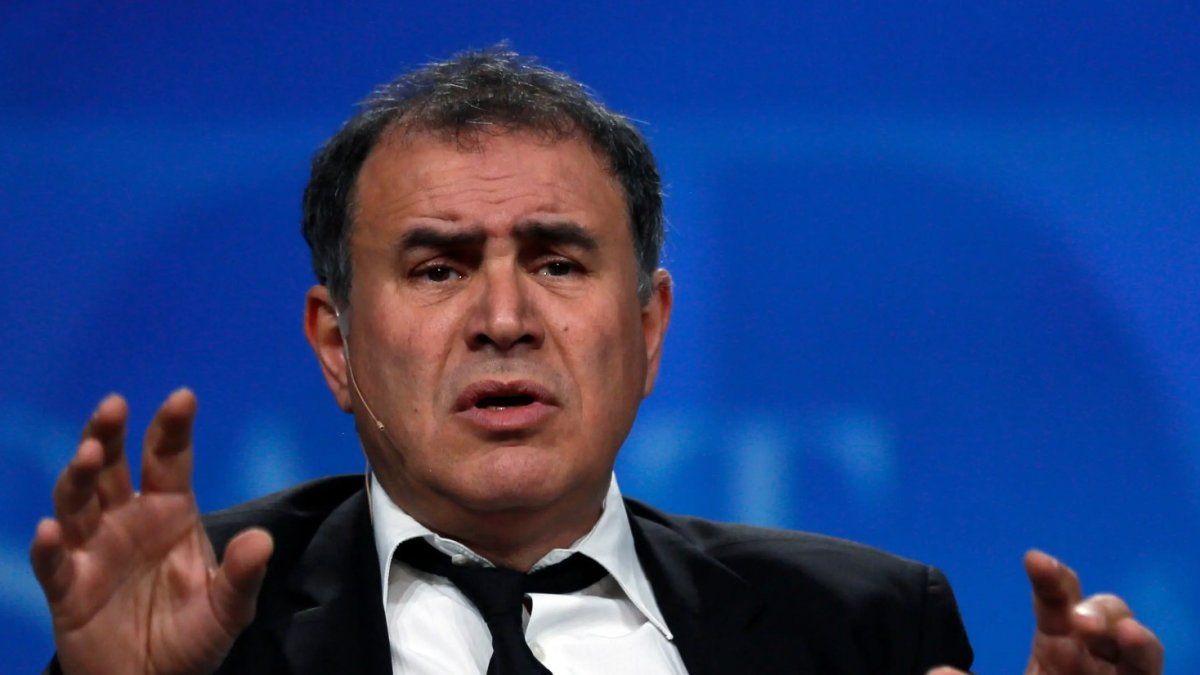The price of Dolar blue (or parallel dollar) shot up in Argentina to reach its all-time high of 552 Argentine pesos for salea value that, if stabilized, supposes a new impact on the exchange difference with Uruguayand a hard blow for the coastal departments.
In the caves of the microcenter of the Autonomous City of Buenos Airesthe American currency It was purchased at 547 Argentine pesosassuming a 102% gap from the purchase price of the official exchange rate from that country, a difference that is widely used by Uruguayan tourists who visit these places to obtain an exchange rate.
Already in the month of June, before the triggering of the blue, scope.com accessed the Border Price Indicator Report, prepared by the Economic Observatory of the Catholic University in Salto, where it was shown that back then, the price gap between one country and another was 144%.
In turn, the same institution was able to corroborate that a 88% of the citizens of Salta admitted to having made purchases in the neighboring country during the last 12 months, where 60% do it biweekly.
Between these, 65% spend approximately amounts of 8,000 and 12,000 Uruguayan pesos on each purchasewhich It is estimated at an income for Argentina of 11 million dollars per month on the border with Uruguay.
The new exchange difference to which the price of the blue dollar pushes will only deepen the price gap and aggravate the situation of border merchants, who can do nothing to compete in the face of such dissimilarities, fully impacting the unemployment levels of the coastal departments.
The president himself Luis Lacalle Pourecognized that “Competing against Argentina is impossible”, because its prices measured in the parallel dollar are very cheap compared to Uruguay. Not even the battery of measures promoted by the government to alleviate the situation of border merchants has been enough.
According to the data of the Statistics National Institute (INE), the coastal departments have the highest levels of unemployment from all over the country, where they are first, Black river, Artigas, Leap and paysanduwith unemployment rates of 14.9%, 14.7%, 13.8% and 11.5% respectively.
The exchange gap generates discomfort in the Cabildo Abierto and the CIU
The lack of response from the Executive Branch to this situation caused discomfort in the government coalition partner, Town meetingwhere its political leader and senator, Guido Manini Riossaid on the subject that “clearly the macroeconomic policies that the Uruguayan government is currently carrying out are not helping. Rather than narrowing the gap, they are widening it”.
“Salto has the highest unemployment rates in the country, if we continue giving free zones to the center of Gorlero in east point and we do not do it in Salto, there will continue to be a lack of opportunities, in addition to citizens who settle on the Argentine side,” he shot.
The president of the Chamber of Industries of Uruguay (CIU), Fernando Pache, also criticized the passivity of the government and explained in the last hours on Channel 12 that the country could make “many more controls” on the coastal border and limit the volumes entered. “Tens of thousands of dollars go out every long weekend for people who buy in Argentina,” he said.
Source: Ambito




